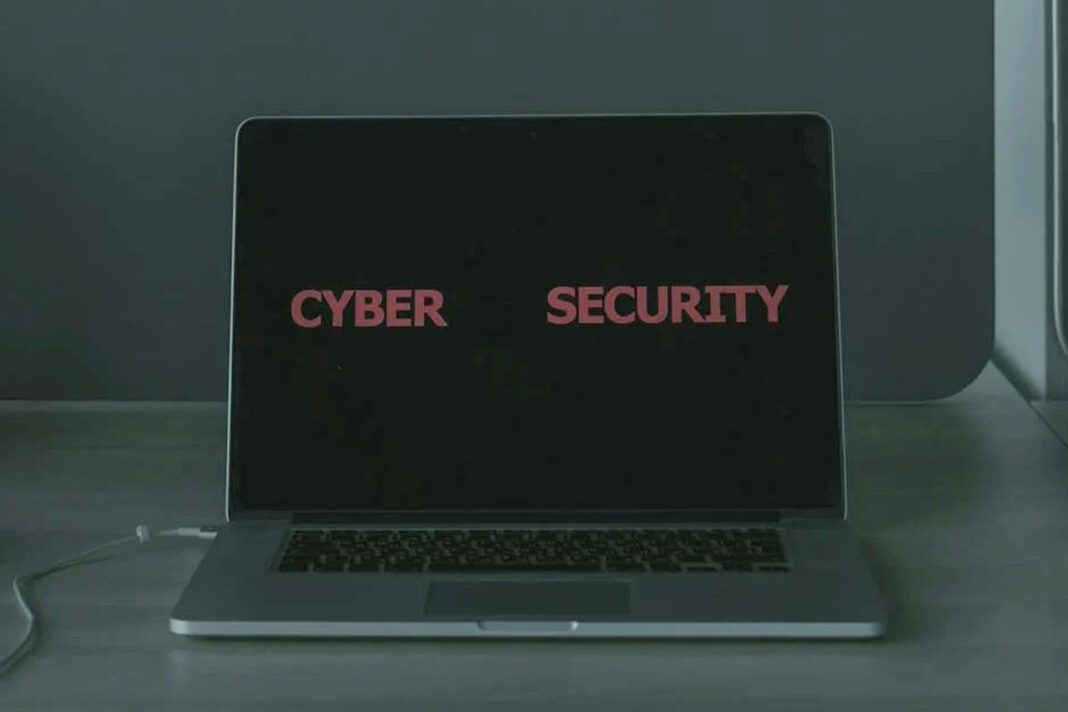With freelance and remote work opportunities increasing exponentially, there has been a lot of chatter about cybersecurity and data protection. While traditional offices often had cybersecurity systems such as encryption in place, these have become tougher to implement in the face of remote working environments. Luckily, many of these cybersecurity challenges can be limited by learning about common risks and equipping oneself with the appropriate security measures to protect one’s privacy and data.
1. Keep up with software updates
Software updates typically come with security patches that help protect devices and gadgets against risks such as malware, viruses, and other threats. As a first wall of defense, freelancers and remote workers must ensure that they keep up with these security updates on the operating system, browsers, applications, and antivirus.
To ensure that one never misses an update, it may also be worthwhile to enable automatic updates with some software.
2. Create strong passwords
Another important pole bearer when it comes to cybersecurity is one’s password. A strong, unbreakable password can help deter hackers from gaining access to sensitive data and payment accounts.
- Complicated passwords – Create a complicated password that consists of a combination of upper and lower case letters, digits, and special characters to make it difficult to guess.
- Length of password – Longer passwords typically provide more security. Make the password at least 12 characters long, and avoid using any personal information (such as one’s name, date of birth, or address).
- Use different passwords for every account – Even if one account is hacked, the miscreant will not have unauthorized access to other accounts. This habit can help protect personal information.
- Rely on a password manager – Use a quality password manager, such as LastPass, 1Password, Bitwarden, or Dashlane, to create and save strong and unique passwords for every account.
- Enable two-step verification – Two-factor authentication (or 2FA) is also a great way of controlling access to one’s accounts, even if the password has been compromised.
3. Don’t use unfamiliar websites for payments and order confirmations
Clients and vendors may use various payment methods or platforms to process transactions. To keep oneself safe, freelancers must ensure that they rely only on trusted payment systems that have a secure payment gateway, such as PayPal, Wise, among others. The platform must have basic security features in place, such as encryption, fraud prevention, and two-factor authentication. Alternatively, freelancers can also offer more traditional payment options such as credit cards, debit cards, internet transfers, and bank transfers.
Similarly, if the freelance work is being communicated through remote work platforms such as Upwork, Fiverr, etc., it is best to keep the conversation limited here. This is because email and other communication platforms may not offer the same level of cybersecurity, putting one’s data at risk.
4. Use a VPN
A virtual private network (VPN) can be one’s best friend when it comes to cybersecurity. While many big organizations already have VPN policies in place for their employees, this practice is not frequently seen among freelancers and small-to-medium enterprises.
A VPN essentially uses a secure tunneling protocol, so no one can intercept one’s data or access it without proper authorization. This way, one can work from any location without having to worry about threats to their cybersecurity. Today, many VPN providers also offer other services, such as endpoint and data encryption and the ability to hide one’s IP address for added security. These networks can be activated on just about any device, including one’s smartphone.
5. Back up data regularly
Another healthy habit when it comes to cybersecurity is maintaining a backup of one’s data on an external hard drive, cloud, or server. This backup assures that one always has access to their business data, even in case of a cyber-attack, hack, device failure, or theft.
This process can be taken care of by manually making copies of one’s data or automating software to back it up to the cloud at regular intervals.
6. Manage access permissions
Storing all of one’s files in one drive or location can significantly increase the risk of data theft and/or loss. To prevent this issue, it may be necessary to manage access permissions via one’s system. Keep a tight check on these permissions and only share specific data sets and documents that the other team requires.
7. Rely on antivirus software
Prevention is key when it comes to keeping one’s devices safe. This can be achieved by installing quality antivirus software on all of one’s devices. Look for software with features like email filtration, advanced malware detection, real-time scanning, firewall, phishing protection, etc. Other desirable traits to look for are low memory utilization and strong customer service.
8. Avoid using public networks
Unsecured public networks are a hunting ground for hackers. If possible, avoid using these networks to share data or to log into personal accounts.
9. Secure video meetings
When using video meeting platforms such as Zoom, cyber experts also recommend having certain protective measures in place.
- Rely on a paid account to access advanced security features.
- Create a unique ID and password for every call.
- Have a meeting room system in place so that people do not join the call or gain access to a meeting unexpectedly.
- Only allow hosts to share the screen.
- Lock the meeting once all the attendees have arrived.
